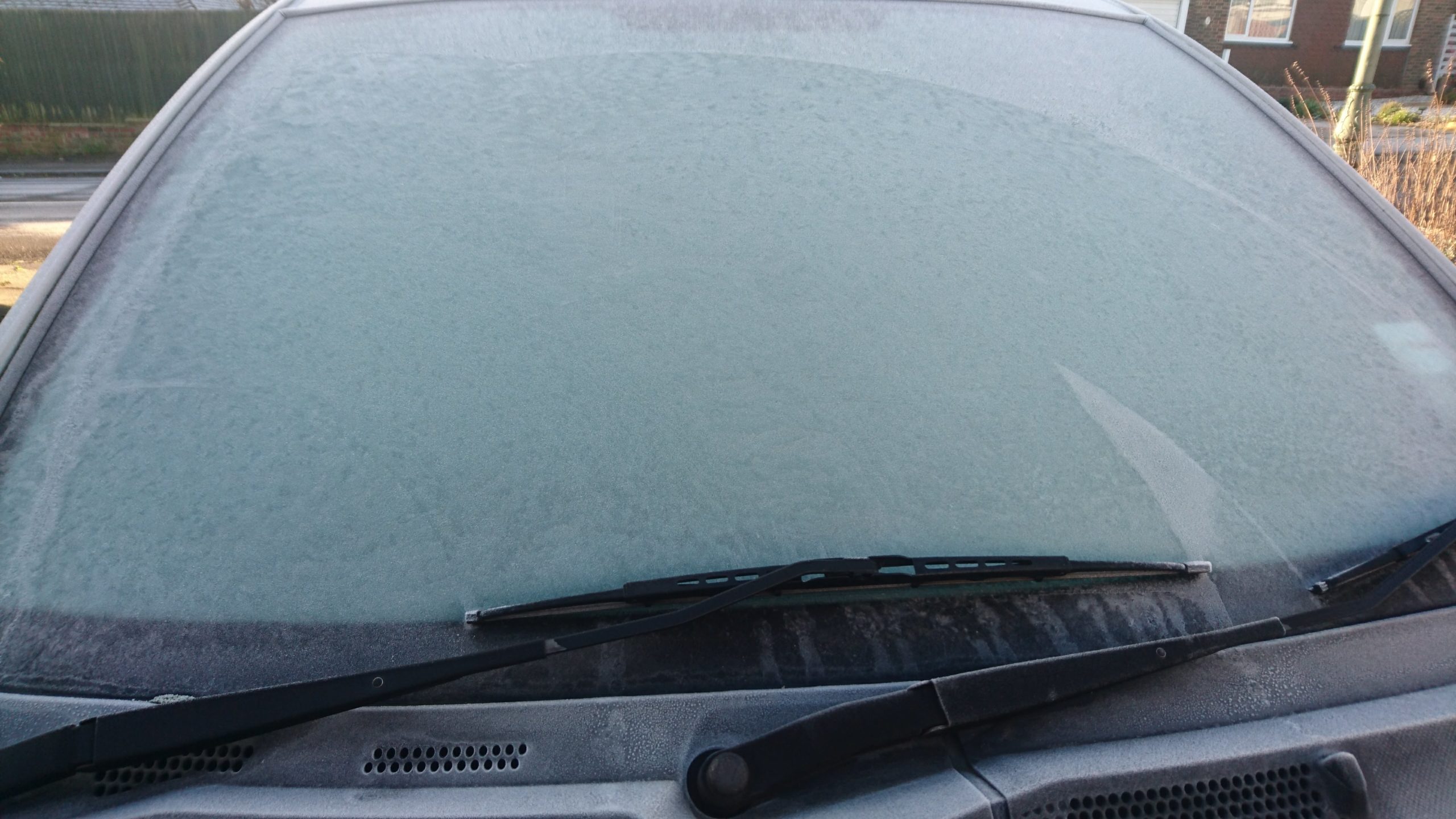

This is a guest post from Mr ETL (my husband) about how we found out exactly how much we are spending on our background electricity usage throughout the year and how it is broken down by appliance.
We are spending around £365 a year on our background electricity usage!
When I look at our energy usage we are always using some electricity, even in the middle of the night. It’s only 200-500 watts per hour so not a huge amount but it does mount up, averaging roughly 8.4kwh per day, about £1 a day, so approximately £365 a year which is quite a lot before we actually turn any lights on or cook anything. I wanted to gain a better idea of what’s using all that electricity and a quick search of Amazon came up with quite a few plug in energy monitors which tell you how much a particular appliance uses. The one I bought is a Belkin one. I liked this one in particular because you can plug the appliance you are monitoring into the back of this energy monitors plug and there is a cable leading to a screen. This is really handy when the plug socket is behind the appliance as not all energy monitors have this feature (i.e. there is no cable between the plug and the screen on some of them) and getting my head down to read the value with all the dirt and creepy crawlies behind the fridge for example didn’t appeal. We try to turn things off when we aren’t using them, so I hate to think how much we could be spending on electricity throughout the year if we weren’t.

Which appliances are costing us the most?
So I had a walk around the house and looked for appliances that are either on or on standby that might be contributing to my “background” energy usage. Below is the list I came up with in order I thought would be using the most electricity
- Fridge
- Tropical fish tank
- Outside pond pump
- Cooker on standby
- House cordless phones (base station plus charging units)
- Kitchen radio on standby
- Mobile phone chargers
- Cable TV box
- NAS box
I started with the fridge, plugged the unit into the wall and then the fridge plug into that and left it for a week, it reads the energy usage and estimates a yearly cost based on a electricity cost you can enter on the unit. So it estimates the fridge will cost me about £66 a year, not a huge amount I can do about it, but might look at how much a newer fridge might cost, can’t see it being cost effective though.
Next I looked at my tropical fish tank, I’ve got the lights, pump and heater on a multi plug so plugged it into that. A few days later it told me I was spending about £70 in electricity a year on my fish tank.
The cable box is costing about £25 a year, interestingly it doesn’t seem to make much difference between standby and running but as it’s not advisable to take it off standby, again I don’t have much choice.
That still leaves me with over £200 of “vampire” usage to find, next on my list is the NAS box, for those of you less technical it’s where we put all our pictures, kids films and laptop backups so the whole family can access it, it’s on 24/7 at the minute, it sleeps most of the time and actually is costing me another £45.
We’ve got 2 ponds that we inherited when we moved in, we got some fish from a friend and put some in each pond. They both have filters which need running 24/7, I hadn’t really thought about how much they were costing me but a day of running one of the filters with the monitor told me it was costing us over £40 a year. The other pond has a leak so I moved all the fish into one pond, have stopped running the other pond filter and I think I won’t bother any more. One pond for fish and the other can be au naturel. Saving me £40!Say no to standby – you could save a surprising amount of money!
I’ve still got more appliances to monitor to track the rest of the usage but what this exercise has shown me is 3 things:
- A big chunk of my electricity bill is things that are on all the time, some I can’t do much about and some I can.
- Lots of electrical items left on standby add up to a surprising amount of money.
- The plugin monitor (Belkin Energy Saving Insight Energy Cost Monitor

) will easily pay for itself in finding appliances to turn of standby or use more sparingly.
Once I’m finished with the monitor I’m going to lend it to someone so they can benefit from it to. I’d recommend this monitor or one like it, if it finds just one thing that’s costing you more than you thought it will probably have paid for itself.
Note: we have solar panels and the energy monitor can’t factor in the electricity which we haven’t paid for, so for us it provides a rough guide to how much certain appliances are costing us throughout the year.
Disclaimer. I bought the monitor and this is not a sponsored post so have no affiliation to the manufacturer. Of course you do want one and buy it through the link
here we make a (very) small amount of commission from it so buy buy buy 🙂
 This is a guest post from Mr ETL (my husband) about how we found out exactly how much we are spending on our background electricity usage throughout the year and how it is broken down by appliance.
This is a guest post from Mr ETL (my husband) about how we found out exactly how much we are spending on our background electricity usage throughout the year and how it is broken down by appliance.




Excellent article Mr ETL!
I've been thinking about energy usage a lot recently and have just realised that around half our lights are old style halogen spots, so I just bought a load of LED spots to replace them.
I've always really wanted to know about chargers left in the plug socket (with socket still on obviously) and whether they still draw energy even without a phone or laptop plugged in… If you were thinking of doing a follow up article maybe you could test that as well? Cheers!
Thank you for the helpful article. I did not know you could buy a meter like that. We have "smart" meters here in BC where they are supposed to tell you how much power you are using if connected with "smart" appliances.
With a family of 6 our electrical bills are generally fairly high and I know for a fact there is items plugged in all-the-time that probably don't need to be. Solar panels are an option we'd love to have on our home but at the moment it's still very expensive technology in our area. I'm going to buy the little Belkin monitor you suggested.